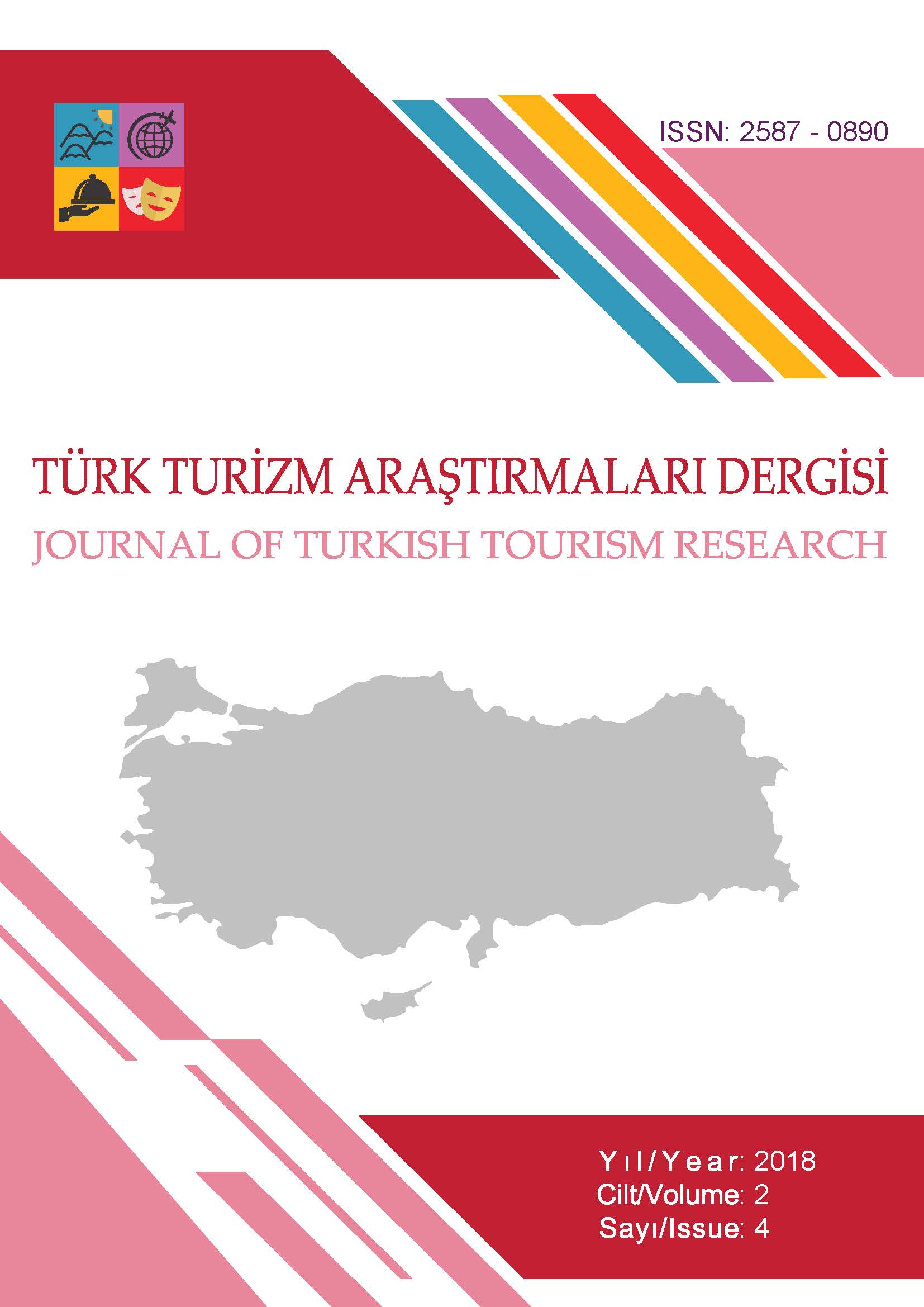Meslek Yüksekokulundan Mezun Kadınların Okul Başarı Durumları İle Mezuniyet Sonrası Çalışma Durumlarının Karşılaştırılması: Amasya Meslek Yüksekokulu Örneği
Comparison of School Achievement Status with Employment Status After School of Women Graduating from Vocational School: Amasya Vocational School Example
Author(s): Şerif Baldiran, Ergün ŞİMŞEKSubject(s): Vocational Education
Published by: Gazi Üniversitesi- Turizm Fakültesi
Keywords: vocational school; vocational training;
Summary/Abstract: Vocational Schools are the two-year colleges of universities with important functions and training at the associate degree level in order to train intermediate staff in various sectors. The fact that Vocational Schools have expanded to the district centers outside provincial centers in recent years has created new opportunities for vocational training of women, especially in small settlements and rural areas. However, in practice it seems that the same increase is not reflected in the employment of women receiving vocational training. Today, however, the development of countries seems to be directly proportional to the extent to which women have participated in their working lives. Despite improvements in working conditions in recent years, it is generally accepted that women have difficulty in finding employment or continuing their working life in private sector enterprises. In this study, it is aimed to determine whether there is an interest between the achievement levels of women receiving vocational training in work and their participation in the workforce. Within the scope of the study, women were taken in the programs of Tourism and Hotel Management, Accounting and Tax Applications, Office Management and Secretariat, which are located in Amasya Vocational School of Amasya University. In the study, the rate of female graduation decreased significantly after 2006, but the rate of leaving school increased. While the highest employment of women graduated being in 2007 (56.5%), fell in the following years, it was 34.1% in 2011. Again, in the study it was found that there was no relationship between women's achievement in vocational education and employment participation.
Journal: TÜRK TURİZM ARAŞTIRMALARI DERGİSİ
- Issue Year: 2/2018
- Issue No: 4
- Page Range: 41-56
- Page Count: 16
- Language: Turkish, English

